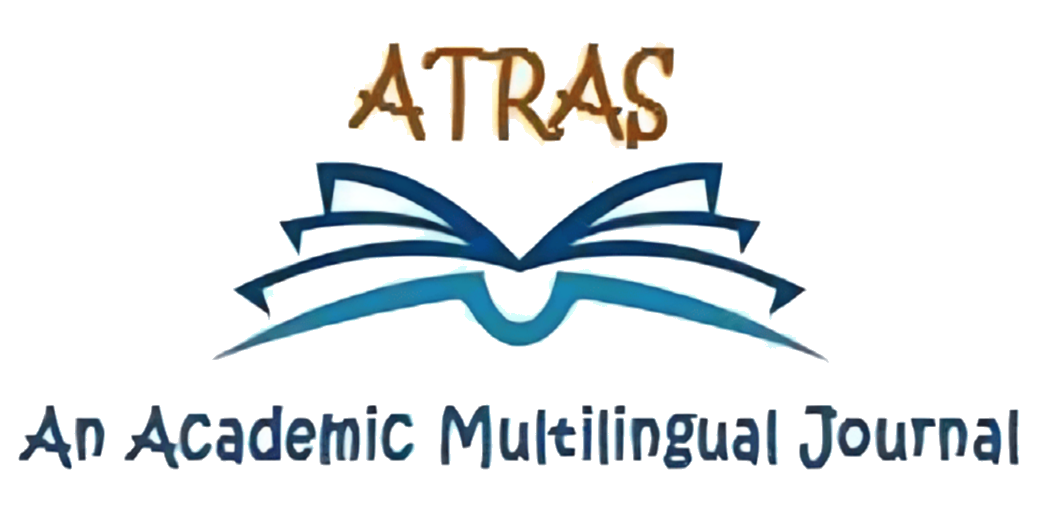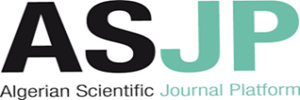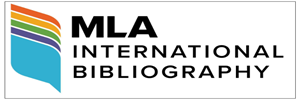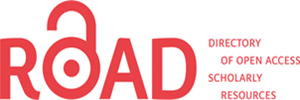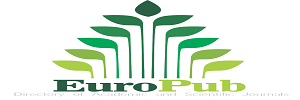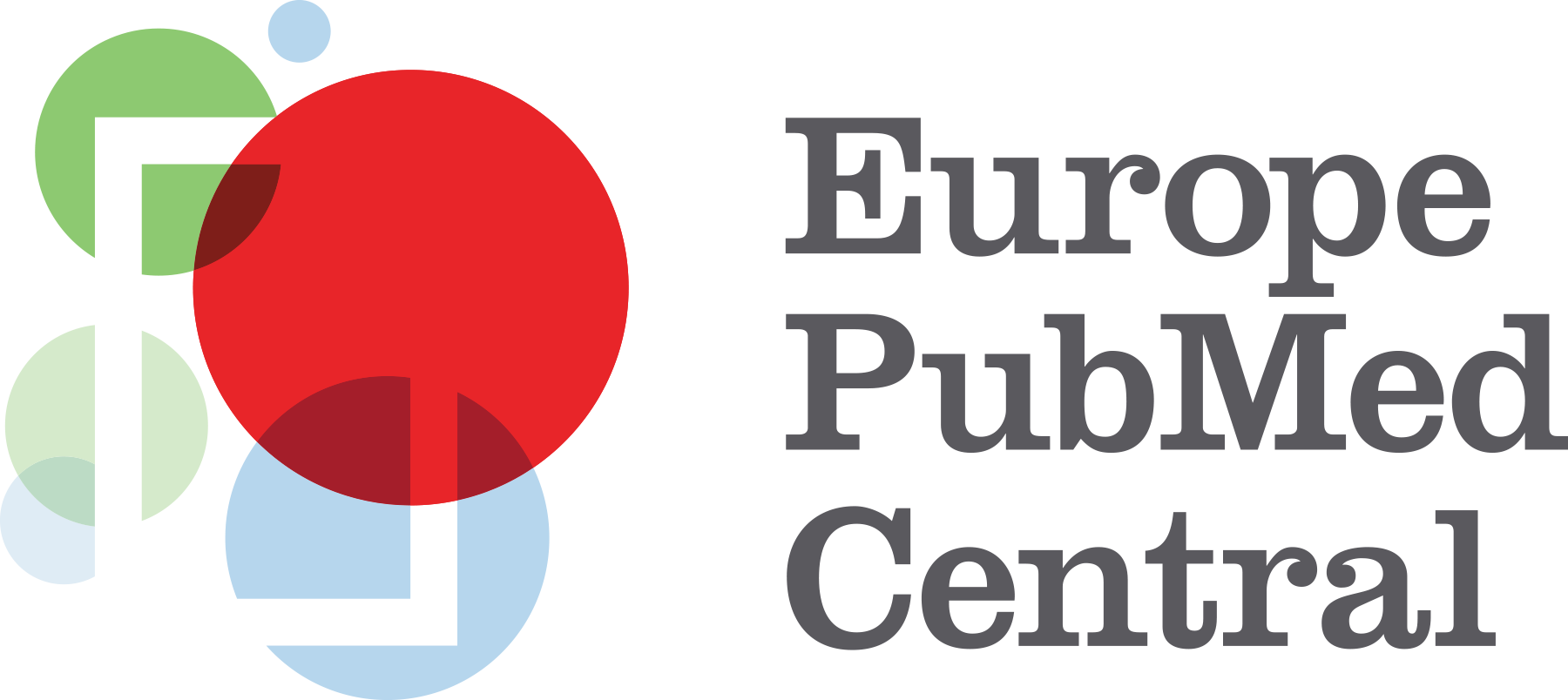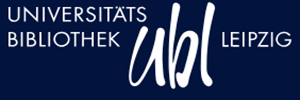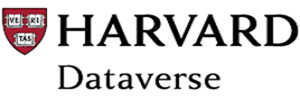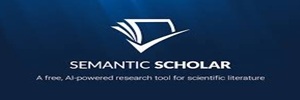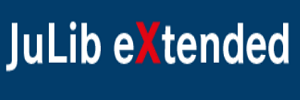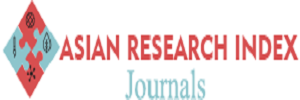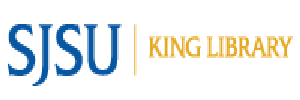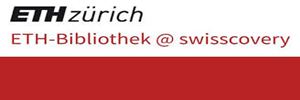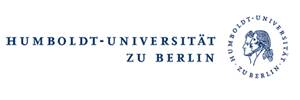Title: The Phonetic Miracle in The Quran
Fadela MESSAOUDI
Maghnia University Centre, Algeria
dr.messaoudi13@gmail.com
https://orcid.org/0009-0003-7006-9775
Meryem MANSOURI
Tlemcen University, Algeria
mansourimeryem461@gmail.com
https://orcid.org/0009-0009-5204-1713
Hanane RABAHI
Maghnia University Centre, Algeria
hanane.rabahi@gmail.com
https://orcid.org/0000-0002-9111-733X
Abstract
The Holy Qur’an, regarded as the holy word of God Almighty, manifests itself as an unblemished text of utmost eloquence, bearing the inimitability which transcends the grasp of human scientific scrutiny. This sacred scripture not only captures its distinctive essence through its literal words and organizational framework but also the subtleties of its meanings and practical guidance, including its legal instructions. In other words, its profound significance is not confined to surface-level aspects but extends to its deeper layers of interpretation and practical application. This scholarly exposition endeavors to investigate the Qur’an’s inimitability nature at the level of its smallest linguistic unit, namely, sound.
Employing a descriptive approach as its primary methodology and utilizing analysis to attain its objectives, this research seeks to elucidate the assertion that the Holy Qur’an exhibits inimitable qualities through its careful selection of linguistic sounds, with due consideration to various contextual factors. It posits that linguistic sound constitutes one facet of the Qur’anic inimitability and anticipates that this exploration will contribute novel insights into artificial intelligence and its application.
Keywords: Arabic Language, inimitability, linguistic sound, miracle, Qur’an, phonetics
How to Cite this Paper :
Messaoudi, F. et al. (2025). The Phonetic Miracle in the Quran. Atras Journal, 6 (1), 19-33
References:
The Holy Qur’an.
Ahmad, I.(1979). Mu’jam Maqayis Al-Lugha [Lexicon of Language Measure]. Lebanon: Dar Al-Fikr.
Al-Badawi,A.A.A.(2005).Min Balaghat al-Qur’an [From the Eloquence of the Quran]. Cairo: Dar Nahdet Misr.
Al-Hamad,G.Q.(2006). Abhat fi ‘Ulum al-Qur’an [Researches in Quranic Sciences]. Jordan: Dar Amman.
Al-Isfahani, A.(2007). Mu’jam Mufradat Gharib Al-Quran [Dictionary of the Unusual Words of the Quran]. Lebanon: Dar Al-Kutub Al-Ilmiyya.
Al-Jawhari, I. (1987). Al-Sihah Taj Al-Lugha wa Sihah Al-Arabiyah. Beirut: Dar Al-Ilm Lil-Malayin.
Al-Jurjani, A.(2007). Al-Ta’rifat [Definitions]. Lebanon: Dar Al-Ma’arifa.
Al-Kafawi,A.(2018).Al-Kulliyat, Muo’jam Fi Lmostalahat wa Dhorouf Lughawiyyah[General Principles: A Dictionary of Linguistic Terms and Circumstances]. Beirut: Al-Risalah Foundation.
Al-Khattabi.(2007). Bayan I’jaz Al-Quran [Explanation of the Miraculous Nature of the Holy Quran]. Egypt. Dar Al-Ta’leef.
Al-Khouli,A.(1961). Manahij al-Tajdid [Methods of Renewal].Egypt:Dar Al-Ma’arifa.
Al-Mubarak,M.(2005).Tarikh wa Mowasafat Al Alarabya [Philology and the Characteristics of Arabic]. Lebanon: Dar Al-Fikr for Printing and Publishing
Al-Mutani, A.A .)1992(. Khasa’is al-Ta’bir al-Qur’aniwa Samatuh al-Balaghiyyah [Characteristics of Quranic Expression and its Rhetorical Features]. Egypt: Wahba Library.
Al-Omari, A.J.O.(1984). Mafhum al-I’jaz al-Qur’anihatta al-Qarn al-Sadi al-Hijri [The Concept of Quranic Inimitability until the Sixth Century Hijri]. Egypt: Dar Al-Ma’arif.
Al-Qattan,M.(1990). Dirasatfi Ulum Lugha [Studies in Quranic Sciences]. Cairo: Wahba Library.
Al-Rafi’I, M.(1973). I’jaz al-Qur’an wal-Balaghah al-Nabawiyyah [The Inimitability of the Quran and Prophetic Eloquence]. Beirut: Dar Al-Kitab Al-Arabi Publications.
Al-Rafi’I,M.(2000). TarikhAdab al-Arab [The History of Arab Literature]. Lebanon: Dar Al-Kutub Al-Ilmiyya.
Al-Rummani, Al-Khattabi, & Abdul Qahir Al-Jurjani.(2007).Al-Nukat fi I’jaz Al-Quran(Witticism on the Inimitability of the Quran.”[ Three Essays on the Inimitability of the Quran]. Egypt: Dar Al-Ma’arif.
Al-Salih, S.(2000). Mabahith fi ‘Ulum al-Qur’an [Studies in Quranic Sciences]. Beirut: Dar Al-Ilm Lil-Malayin.
Al-Suyuti, I.(1951). Al-Muzhir fi Ulum Al-Lugha wa Anwa’iha [The Bloosomer in the Sciences of Language and its Types]. Beirut: Dar Al-Jil.
Al-Suyuti, J.(1951). Al-Itqan fi Ulum Al-Quran [Mastery in the Sciences of the Qur’an]. Cairo: Mustafa Al-Babi Al-Halabi Printing House and Sons.
Al-Tahanawi,M.(1996). Mawsu’at KashafIstilahat al-Fununwal-[Encyclopedia of Technical and Scientific Terms]. Lebanon: Library Publishers.
Al-Tawhidi, A.(1992). Akhlaq Al-Wazirayn, Akhlaq Al-Sahib Ibn Abbad wa Ibn Al-Amid [The Ethics of the Two Ministers: The Ethics of Sahib Ibn Abbad and Ibn Al-Amid]. Beirut: Dar Sader.
Al-Zurqani.(2010). Manahil Al-Irfan fi Ulum Al-Quran [Knowledge Sources in Qu’ran Sciences]. Egypt: Isa Al-Babi Al-Halabi Printing House.
Anis, I.(1994). Min Asrar al-Lughah [From the Secrets of Language]. Egypt: Anglo-Egyptian Library.
Bint Al-Shati’, A.A .(1996). Al-Ta’bir al-Bayani lil-Qur’an al-Karim[The Stylistic Expression of the Holy Quran]. Egypt: Dar Al-Ma’arif.
Hariz, S.(2005). Nazrat min al-I’jaz al-Bayani fi al-Qur’an al-Karim [Insights on the Stylistic Inimitability in the Quran, Theoretically and Practically]. Jordan: Dar Al-Shorouk.
Hassan, T.(1993). The Eloquence in the Beauties of the Quran, Dirassa Lughwayya wa Oslobyat Al Nass Al Qu’raani [Al-Bayan in the Wonders of the Quran, A Linguistic and Stylistic Study of the Quranic Text]. Egypt : Alam Al-Kutub.
Ibn Jinni, I.(1986). Al-Khasa’is [Features]. Egypt: Egyptian General Book Authority.
Ibn Kathir.(1416 AH). Fada’il Al-Quran[The Virtues of the Qur’an].Cairo: Ibn Taymiyyah Library.
Ibn Manzur, A.J. (1990).Lisan Al-Arab [Arab Tongue= Language]. Beirut: Dar Sader for Printing and Publishing.
Ibn Qutaybah.(1954). Ta’wil Mushkil Al-Quran [Exegesis of the Difficulties in the Qur’an]. Cairo: Dar Ihya Al-Kutub Al-Arabiya.
Mustafa, I. et al. (1972). Al-Mu’jam Al-Wasit [The Intermediate Lexicon]. Egypt: Dar Al-Da’wah.
Nour Al-Din, I.(1992). The Science of Linguistic Phonetics. Lebanon: Dar Al-Fikr Al-Lubnani.
Shadi, M.(1988). Al-Balaghah al-Sawtiyyah fi al-Qur’an al-Karim [Phonetic Rhetoric in the Holy Quran]. Egypt: Dar Al-Risala.
Yasouf, A.(1999). Jamaliyat al-Mufaddah al-Qur’aniyyah [The Aesthetics of the Quranic Word]. Damascus: Dar Al-Maktabi.

Copyright for all articles published in ATRAS belongs to the author. The authors also grant permission to the publisher to publish, reproduce, distribute, and transmit the articles. ATRAS publishes accepted papers under the Creative Commons Attribution-NonCommercial 4.0 International (CC BY-NC 4.0) License. Authors submitting papers for publication in ATRAS agree to apply the CC BY-NC 4.0 license to their work. For non-commercial purposes, anyone may copy, redistribute material, remix, transform, and construct material in any media or format, provided that the terms of the license are observed and the original source is properly cited.
